“Priceless” Roman Statues Unearthed at the British Cricket Club
It’s not every day a priceless artifact is uncovered at your local country club. However, the members in Carlisle, England uncovered a cobbled Roman road, which led to a rich past and some historical finds, including two new Roman statues.
What exactly did the members of the Carlisle Cricket Club find, and what do these artifacts mean to the history we thought we knew about the Romans? Let’s get into it.
Why Are Archaeologists Digging at the Carlisle Cricket Club?
A team of archaeologists started their dig at the Carlisle Cricket Club after discovering the club’s proximity to Hadrian’s Wall. The Roman Wall was a former defensive fortification in Britannia, a Roman province, in AD 122.
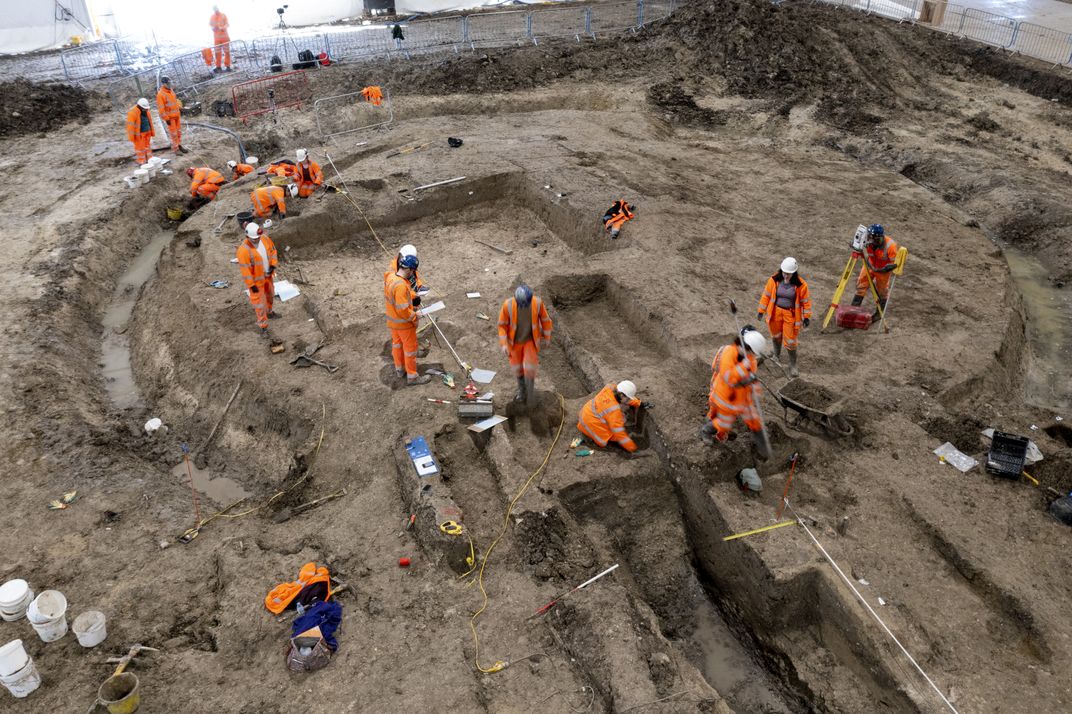
Source: HS2 Ltd/YouTube
While British towns now reside over the historic land, the reminisce of what once was still lingers. Archaeologists on the site have been working in the area for years trying to uncover history.
The Site Has Become a Well of Treasures
Since 2021, the archaeologists at the country club have uncovered over 1,000 pieces of pottery, coins, weapons, and gemstones. According to Coleccionistasdemonedas.com, the Titus Aureus–a rare coin–has reached a resale value of $800,000. Rare coins have a lot more value than you would assume.
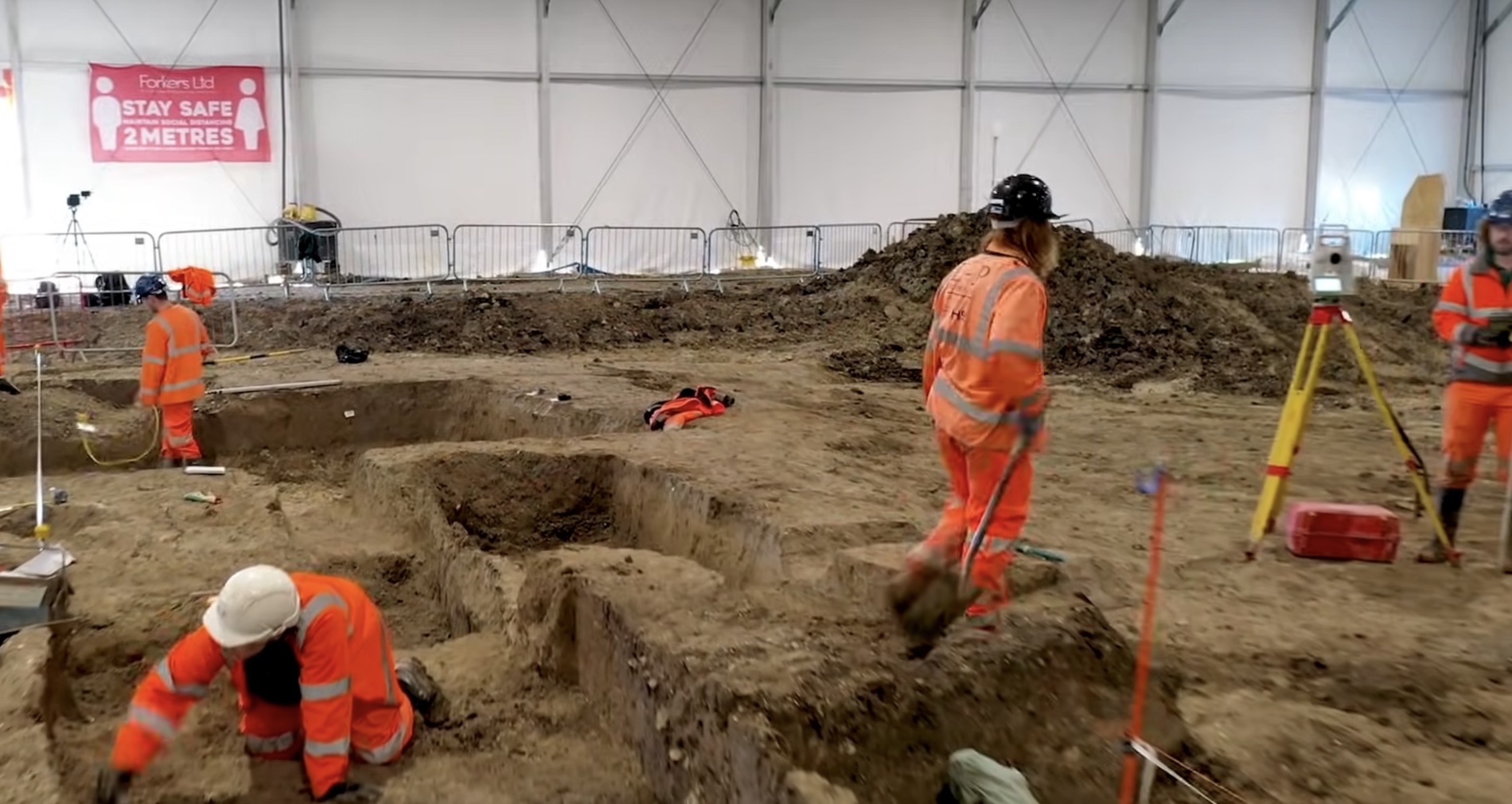
Source: HS2 Ltd/YouTube
However, it was the most recent discovery in 2023 that caught the world’s attention.
A New Connection to the Ancient Roman Empire
In January 2023, detailed tiles were discovered, leading the team of archaeologists to believe that the Roman Emperor Septimius Severus was connected to the site in some way. Currently, Roman Emperor Hadrian is the only known Roman connected to the old province.
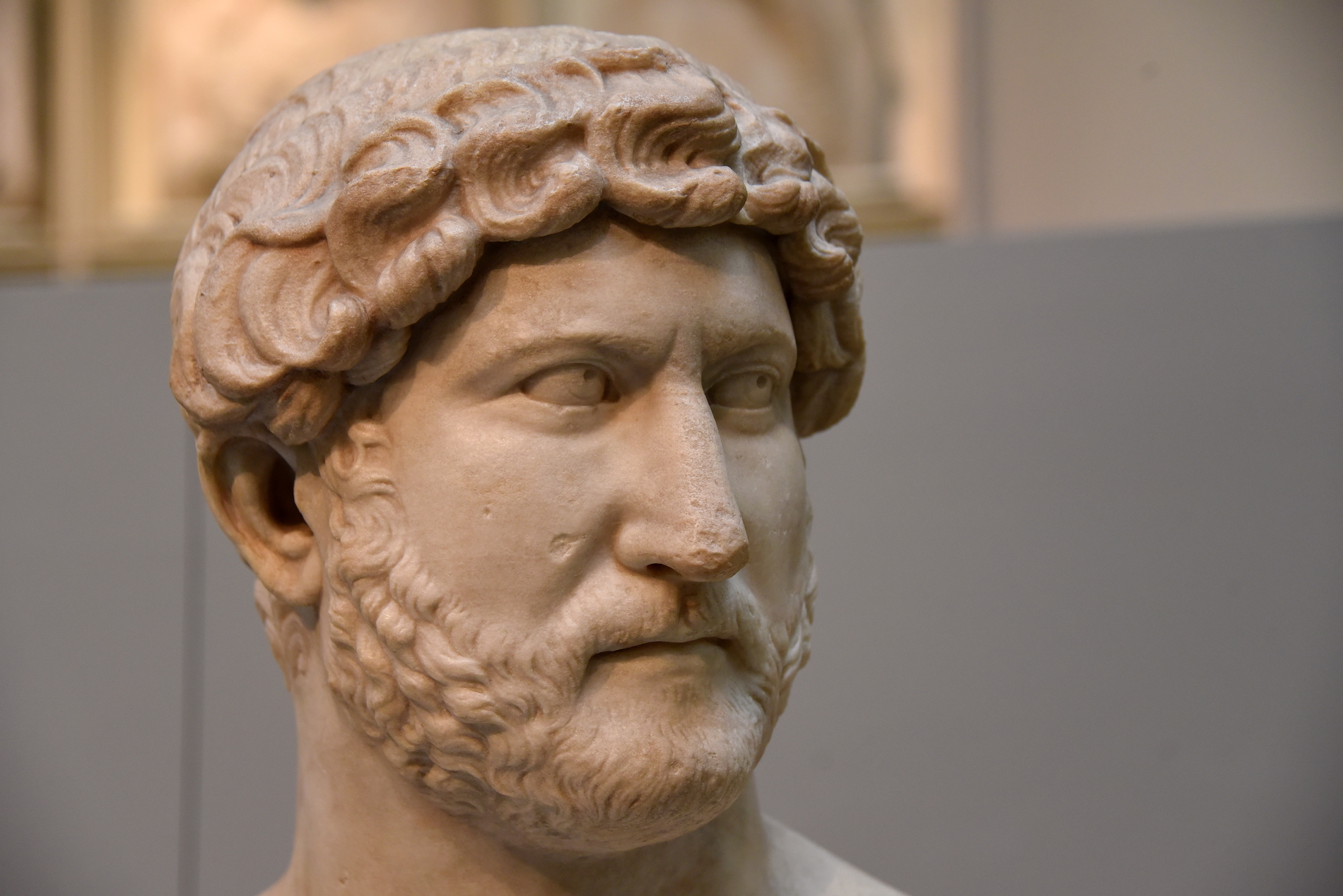
Source: Wikimedia Commons
The site contains other newly discovered items that over 400 volunteers and a team of professionals from the Wardell Armstrong archaeology firm moved to the site, according to the Vintage News.
Who is Roman Emperor Septimius Severus?
Lucius Septimius Severus was born in what is now Libya. He rose from mediocrity at the start of a new dynasty, and became a Roman emperor in AD 193 after a ruthless campaign, according to English Heritage.
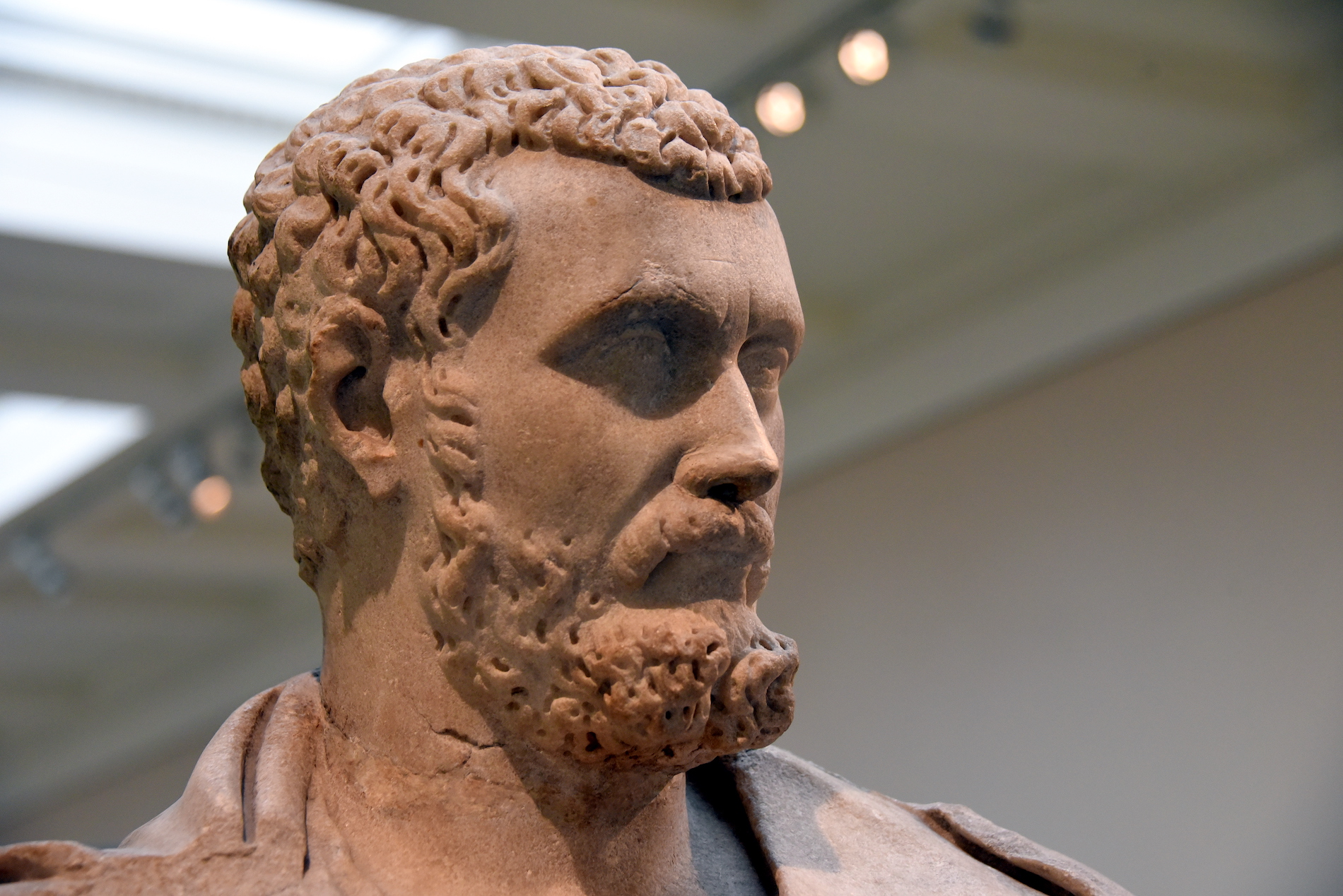
Source: Wikimedia Commons
Through his transformation of the government into a military monarchy, Severus’s short-lived reign played a crucial role in the rise of despotism in the later Roman Empire.
The Discovery of the Roman Statues
The astonishing discovery at the country club was not the gems, jewels, or even tiles. Instead, it was the two massive Roman sculptures found in the old Roman bathhouses, the largest building on Hadrian’s Wall.
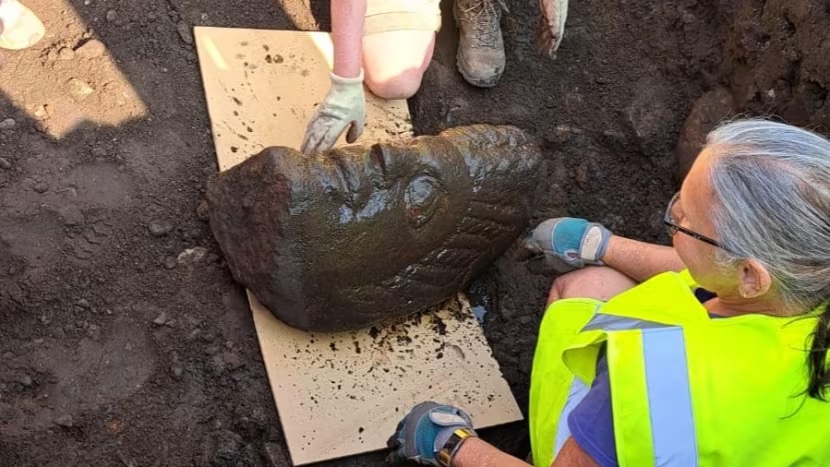
Source: Geraldine Moore
Dating back to around 200 AD, these sandstone sculptures portray two Roman gods, offering a glimpse into the ancient world.
Archaeologist Says He Has “Never Found A Thing Like This”
“In 30 years of being an archaeologist, I’ve never found a thing like this before,” lead archaeologist Frank Giecco told the BBC. “It’s just incredible for Carlisle. It just raises the status of this building.”
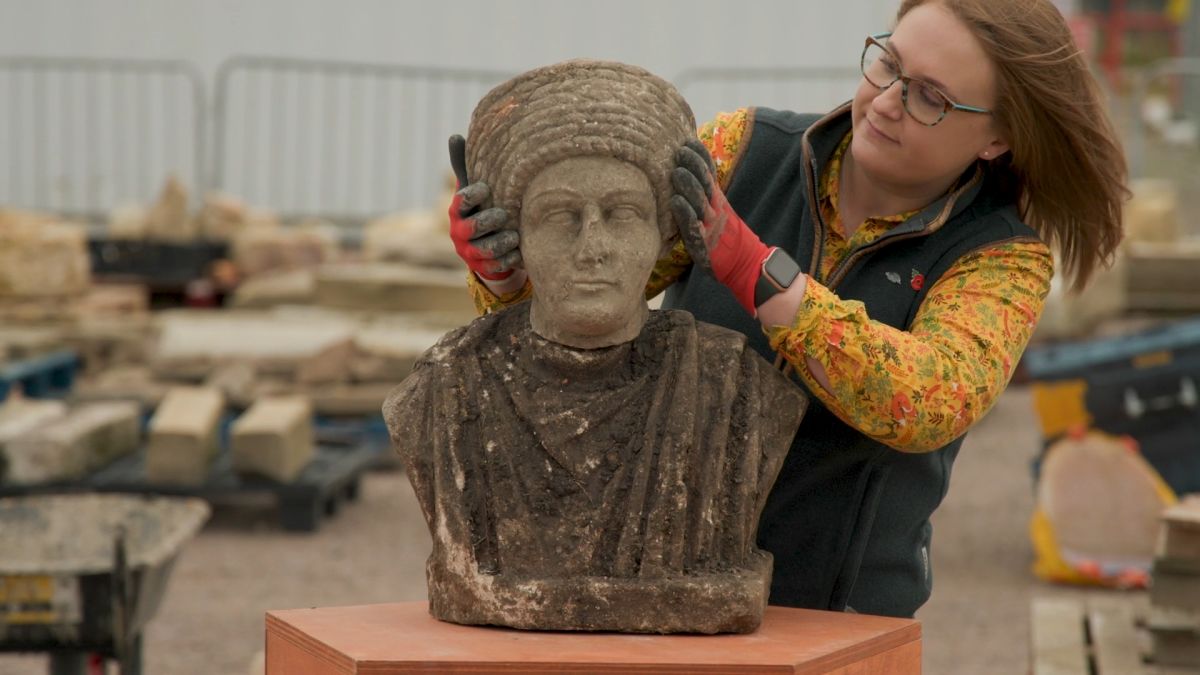
Source: HS2 Ltd/YouTube
Giecco reported that figures like these were not unusual in bathhouses. Why these Roman statues were in the bathhouse still seems to be a mystery, but Giecco calls the discovery of “sculptures of this size … really special.”
Where Is the Rest of the Roman Statues?
The Roman statues pose a fascinating puzzle: can we ever truly know who they represent while research shrouds their identities in secrecy? Despite this, the discovery “truly shows the significance of the Bathhouse and raises the site to a whole new level of importance with such monumental sculpture and adds to [the] overall grandeur of the building,” says Giecco (via Vintage News).
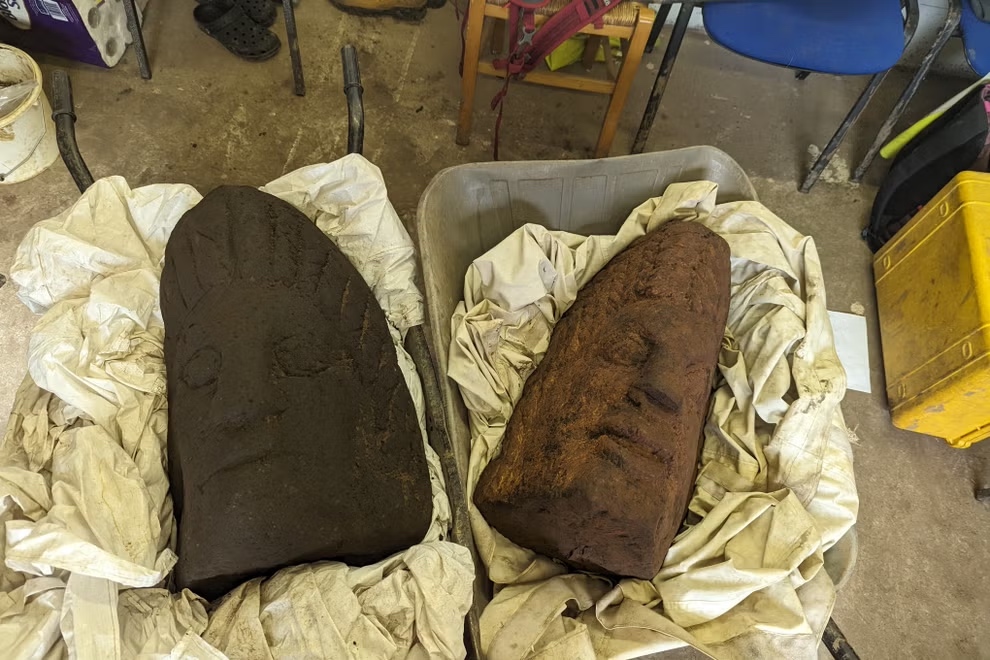
Source: Anna Giecco/PA
Archaeologists believe that the Roman statues were part of a larger statue that would have been around 12 to 15 feet tall.
Where Can You See the Roman Statues?
Perhaps what made this moment special were the volunteers who were working that day near the bathhouse. One of the volunteers on the team recalled the exciting moment, telling BBC, “It was when all the real archaeologists, the professionals, got excited and started crowding around themselves that I realized it was properly something to be excited about.”

Source: Neil Howard/Flickr
Likely, these heads will eventually make their way to an exhibition at the British Museum in London, which will display the discoveries from the site over the last eight years.
Roman Statues Are Not the Only Ground Breaking Discovery in Britain
According to the lead archeologist, there are very few examples of finding artifacts this large in Britain. But it seems that 2023 has been a good year for new discoveries. A few months later, researchers discovered the largest early prehistoric stone tools in Britain.
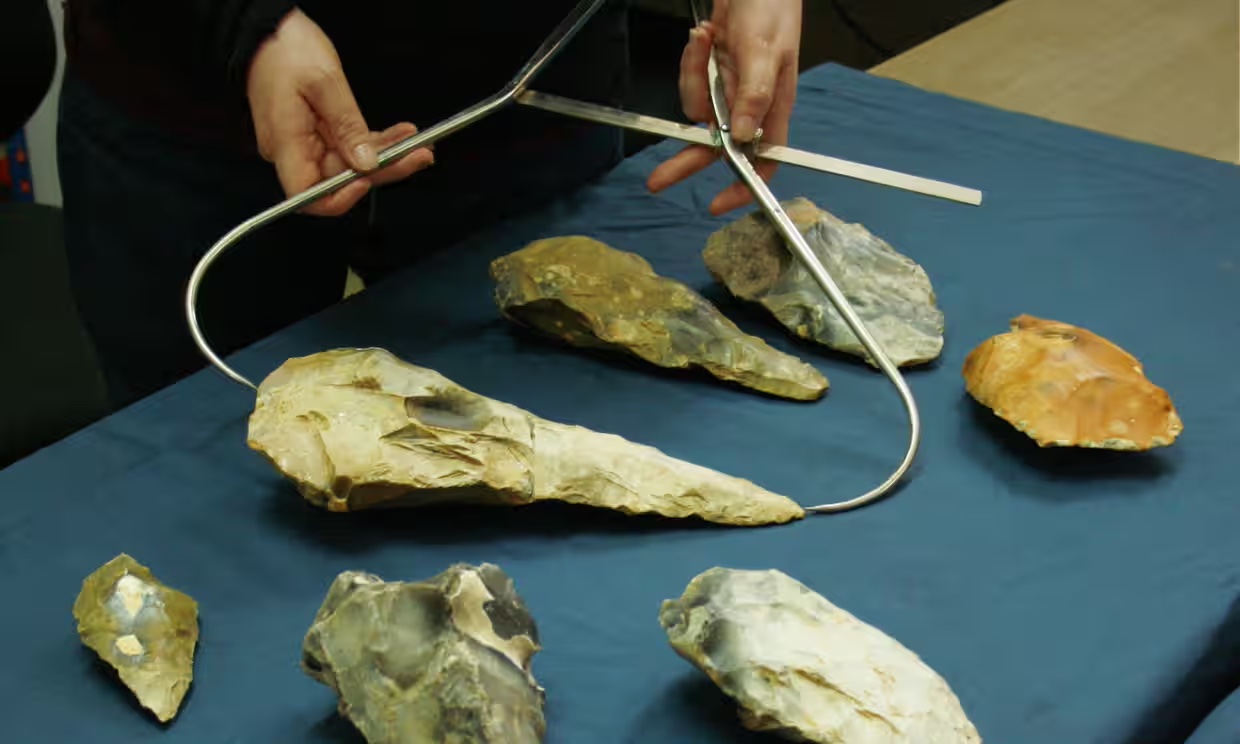
Source: Oneindia News/YouTube
The excavation took place in Kent, revealing prehistoric artifacts from deep ice age sediments preserved on a hillside, according to the Guardian.
The 300,000 Year Old Ice Age Tools
With symmetrical shapes and long cutting edges, two enormous flint knives, categorized as giant hand axes, are among the 800 ancient stone artifacts unearthed, all estimated to be more than 300,000 years old.
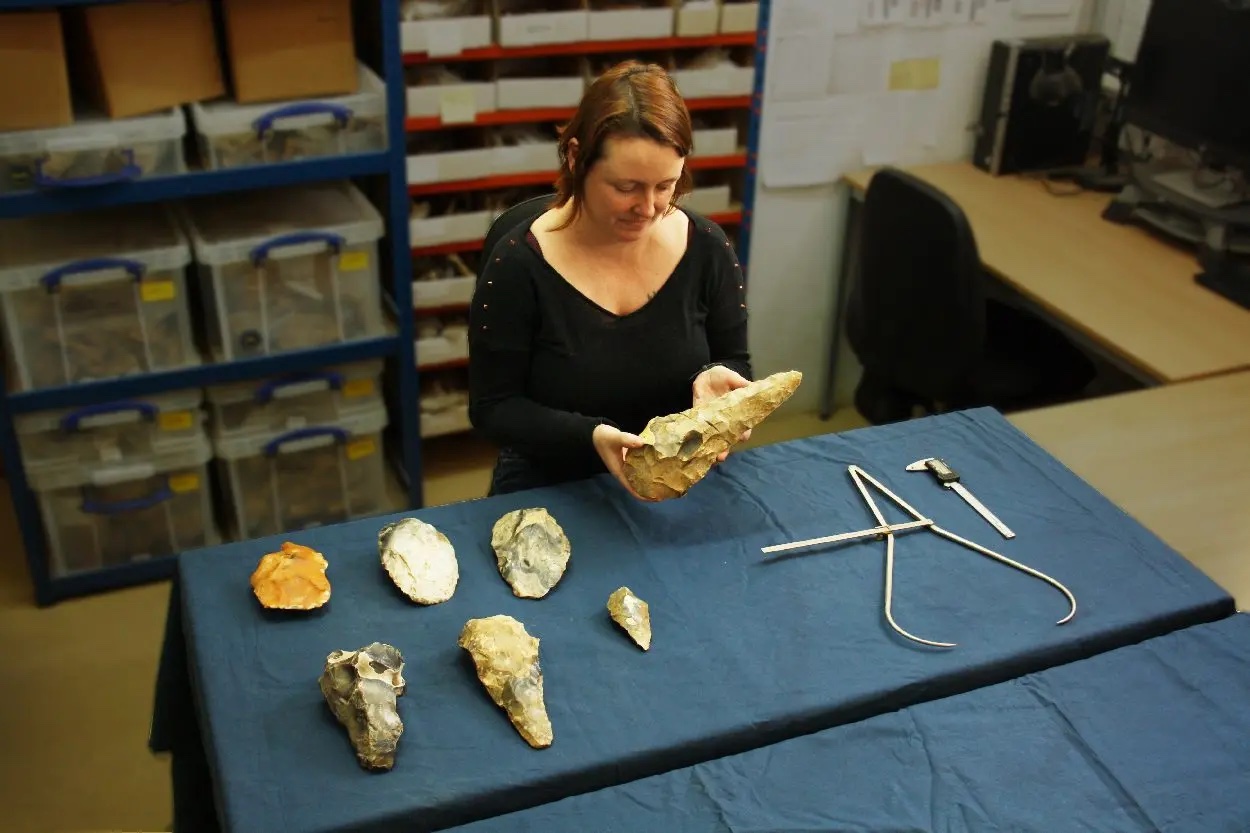
Source: University College London
“Giant handaxes like this are usually found in the Thames and Medway regions and date from over 300,000 years ago. These handaxes are so big it’s difficult to imagine how they could have been easily held and used,” Letty Ingrey, a senior geo-archaeologist at the UCL Institute of Archaeology, said to the Guardian.
2023 Was a Big Year for Discovering History
The scientific landscape is ablaze with breakthroughs. Why is this remarkable era unfolding now? It is hard to say. Britain’s story stretches back for millennia, encompassing forgotten chapters lost to the mists of time. However, the recovery of artifacts might change how we talk about the past.
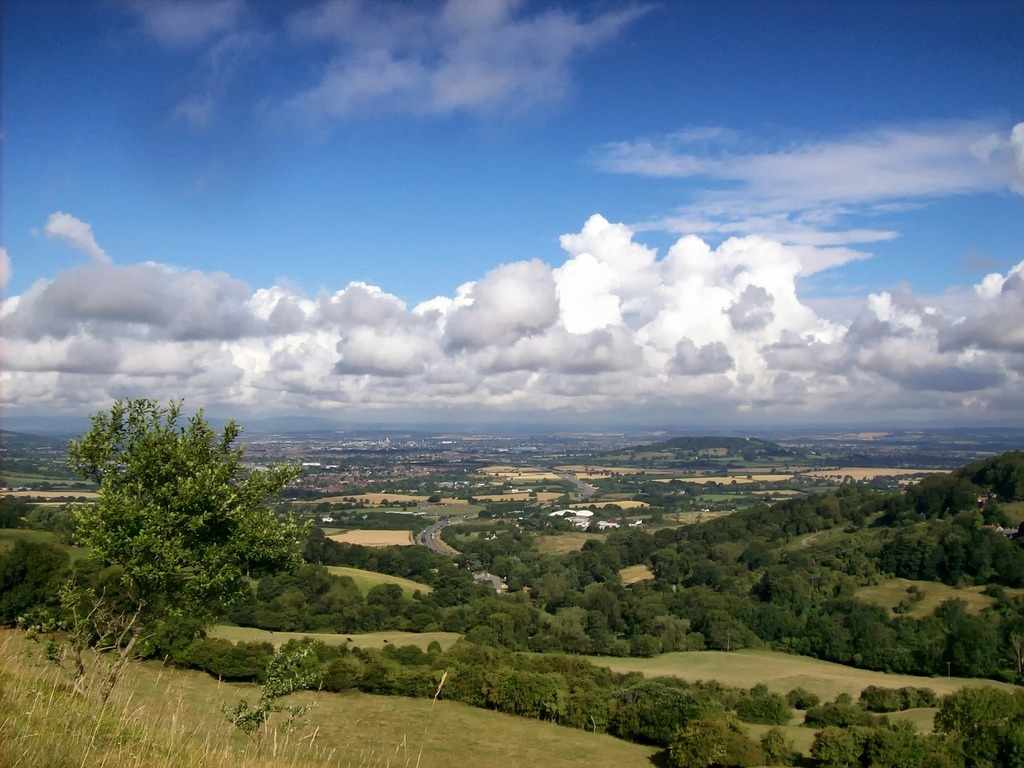
Source: Pixabay
As teams of archaeologists uncover the truth, we will be excited to learn about the world that once was.
